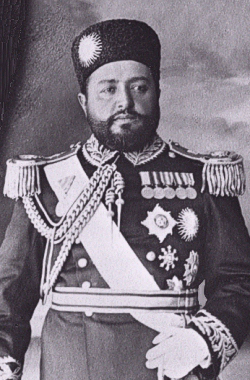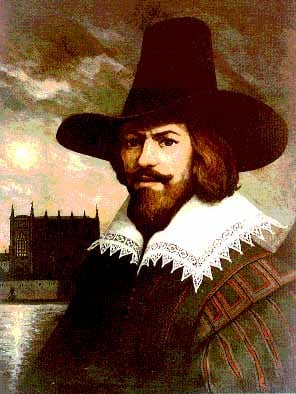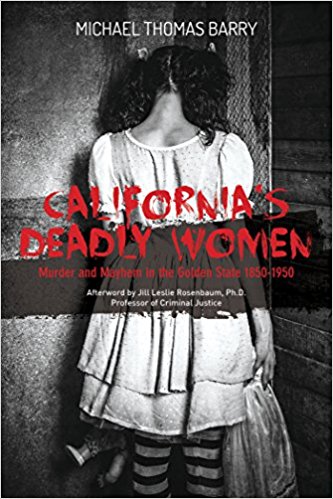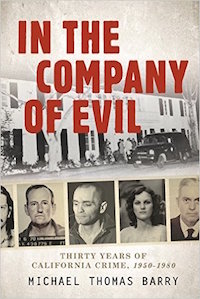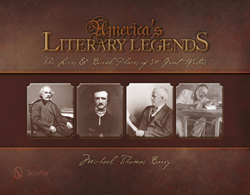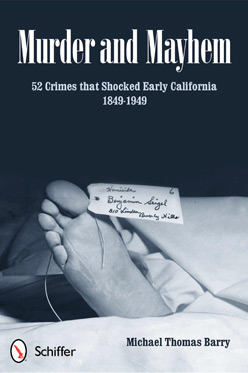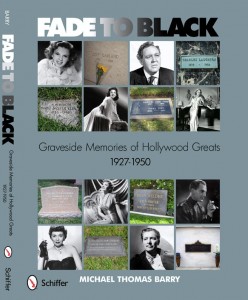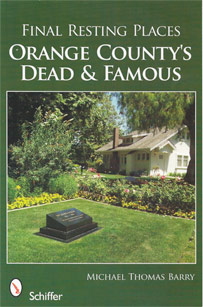02.24
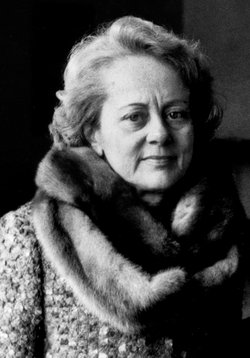
On February 24, 1981, socialite Jean Harris is convicted of murdering Dr. Herman Tarnower, the author of the bestselling The Complete Scarsdale Medical Diet. Harris, the headmistress of an exclusive girls’ school, shot Dr. Tarnower at his Westchester County, New York home on March 10, 1980. Harris claimed that she had been trying to kill herself but that Tarnower was shot when he tried to wrestle the gun away from her.
Harris and Tarnower had been a couple since they met in 1966. However, Tarnower was a notorious womanizer who never followed through on his vague promises to marry the 56-year-old Harris. In the late 1970s, Harris discovered that Tarnower was having an affair with a younger woman. Nonetheless, she assisted him in writing and editing The Complete Scarsdale Medical Diet, which became a surprise sensation, earning Tarnower wealth and fame. However, at the first sign of success he dumped her. Harris drove from her school in Virginia to Tarnower’s home on the eveing of March 10. She used her key to get in and went up to his bedroom with a loaded .32 caliber gun. Harris later claimed that she went there with suicidal intentions. However, the fact that Tarnower was shot four times seemed to contradict her claims. Rather than maintain that she had killed in the heat of the moment, which would have dealt a manslaughter conviction, Harris insisted that the shooting was an accident. Her gamble failed when the jury convicted her of murder and gave her a life sentence. Harris was a model prisoner who used every opportunity to bring attention to the plight of women prisoners. She wrote the well-received They Always Call Us Ladies about the prison system in 1988. Her sentence was commuted by New York governor Mario Cuomo in late 1992. After her release, Harris continued her work on behalf of female prisoners. She died on December 23, 2012.
Michael Thomas Barry is a columnist for www.crimemagazine.com and is the author of numerous books that include Murder and Mayhem 52 Crimes that Shocked Early California, 1849-1949.

